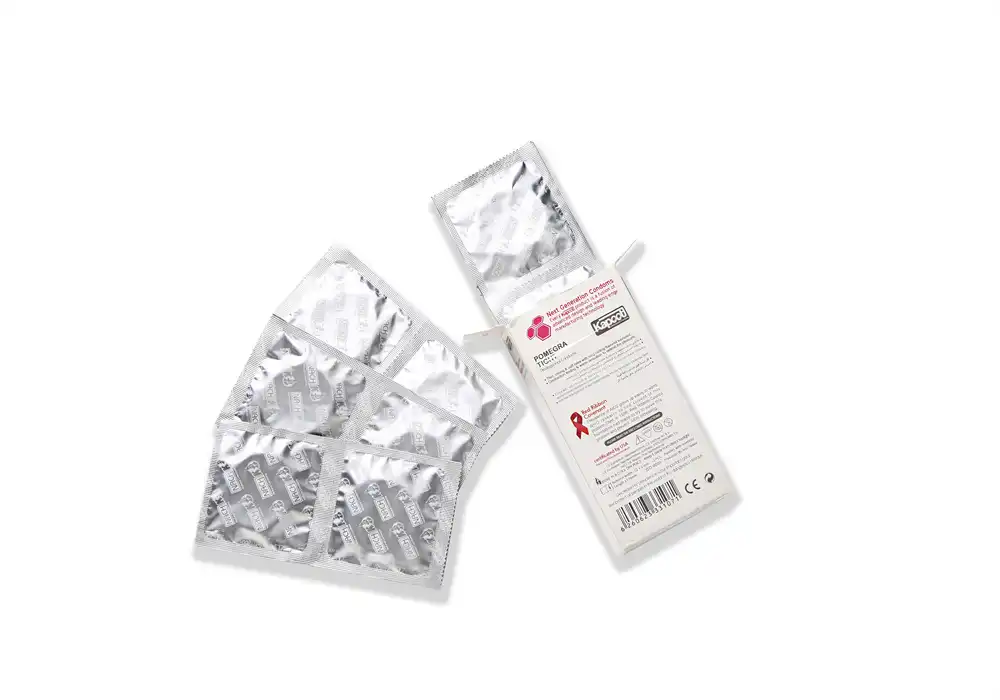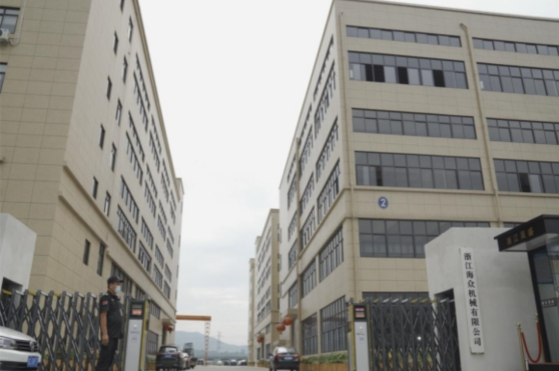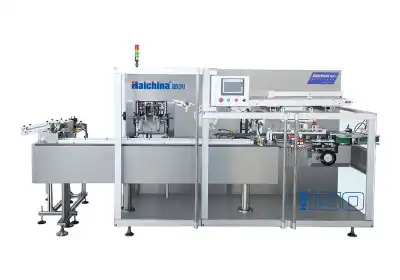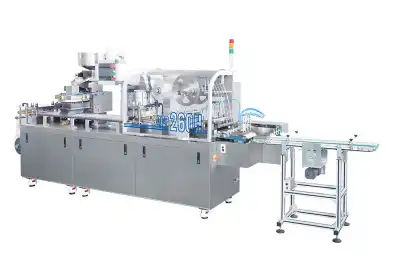Understanding Cartoning Machine Fundamentals
The Evolution of Packaging Technology
Cartoning machines have come a long way since their inception. Originally manual operations, these devices have evolved into sophisticated automated systems that can handle a myriad of packaging tasks. The journey from rudimentary box-forming tools to today's high-speed, precision cartoners reflects the broader trends in industrial automation and the increasing demands of modern consumer markets.
Key Components of Modern Cartoners
At the heart of every cartoning machine lies a complex array of components working in harmony. From the carton magazine that holds and dispenses flat cartons to the forming section that shapes them, each part plays a crucial role. Product infeed systems, glue applicators, and closing mechanisms all contribute to the seamless operation of these packaging marvels. Understanding these components is essential for anyone looking to optimize their packaging process.
The Role of Cartoning in Production Efficiency
Cartoning machines are not just about encasing products; they're integral to overall production efficiency. By automating the packaging process, these machines reduce labor costs, increase output, and ensure consistency in packaging quality. The right cartoner can become the lynchpin of a well-oiled production line, streamlining operations and boosting productivity across the board.
Vertical Cartoning Machines: Features and Applications
Design Principles of Vertical Cartoners
Vertical cartoning machines are engineered with a focus on minimizing footprint while maximizing efficiency. Their upright design allows for gravity-assisted product loading, which can be particularly advantageous for certain types of goods. The vertical orientation also facilitates easy integration of filling equipment, making these machines ideal for products that require measured dispensing or multi-component packaging.
Ideal Products for Vertical Cartoning
Certain products are particularly well-suited to vertical cartoning. Powders, granules, and small, loose items benefit from the top-down loading approach. Similarly, pre-formed pouches or bags that need to be placed into cartons find a natural home in vertical systems. Industries such as pharmaceuticals, where precise dosing is critical, often favor vertical cartoners for their ability to integrate seamlessly with filling equipment.
Space Considerations and Production Flow
One of the most compelling arguments for vertical cartoning machines is their space efficiency. In facilities where floor space is at a premium, the vertical configuration can be a game-changer. These machines can often be tucked into corners or narrow spaces that would be unsuitable for their horizontal counterparts. Additionally, the vertical design can sometimes allow for more intuitive product flow, especially when dealing with products that are naturally oriented vertically during production.
Horizontal Cartoning Machines: Versatility and Speed
The Mechanics of Horizontal Cartoning
Horizontal cartoning machines operate on a different principle from their vertical counterparts. Products and cartons move along a horizontal plane, which allows for a more diverse range of carton sizes and styles. The horizontal orientation facilitates easy visual inspection and access to the product during the packaging process. This configuration also lends itself well to high-speed operations, making horizontal cartoners a popular choice in industries where throughput is paramount.
Adapting to Various Product Types
The versatility of horizontal cartoning machines is one of their greatest strengths. From small vials to large boxes, and from rigid products to flexible ones, horizontal cartoners can handle an impressive array of items. This adaptability makes them particularly valuable in facilities that produce a variety of products or frequently change their product lines. The ability to quickly adjust settings and change carton sizes contributes to their popularity across diverse industries.
Integration with Existing Production Lines
Horizontal cartoning machines often prove easier to integrate into existing production lines, especially those that already operate primarily on a horizontal plane. This compatibility can lead to smoother overall operations and reduced complexity in production flow. The horizontal configuration also allows for easier addition of ancillary equipment such as leaflet inserters, coding systems, or checkweighers, enhancing the functionality of the packaging line as a whole.
Conclusion
Choosing between vertical and horizontal cartoning machines is not a one-size-fits-all decision. Each type has its unique advantages, and the best choice depends on a careful analysis of your specific needs. Vertical cartoners shine in space-constrained environments and with certain product types, while horizontal cartoners offer unparalleled versatility and speed. Consider your product characteristics, production volume, available space, and future scalability when making your decision. Ultimately, the right cartoning machine will enhance your packaging efficiency, product protection, and overall production flow, contributing significantly to your operational success.
FAQs
What's the main difference between vertical and horizontal cartoning machines?
Vertical cartoners have a smaller footprint and use gravity for loading, while horizontal cartoners offer more versatility in product types and sizes.
Which industries typically use vertical cartoning machines?
Industries like pharmaceuticals, where precise dosing and space efficiency are crucial, often prefer vertical cartoners.
Are horizontal cartoning machines faster than vertical ones?
Generally, horizontal cartoners can achieve higher speeds, especially for larger products or cartons.
Can I switch from vertical to horizontal cartoning or vice versa?
Switching requires careful consideration of your production line layout, product type, and packaging requirements. It's best to consult with packaging experts before making such a change.
Experience the Difference with Haichina | Haichina
At Haichina, we offer a comprehensive range of cartoning solutions tailored to your specific needs. Our vertical and horizontal cartoning machines are designed with cutting-edge technology to enhance your packaging efficiency. With over two decades of experience, we provide not just machines, but complete packaging solutions. Our CE and cGMP certified equipment ensures compliance with international standards. For expert guidance on selecting the perfect cartoning machine for your factory, contact our knowledgeable team at [email protected].
References
Johnson, A. (2022). Advanced Packaging Technologies: Vertical vs Horizontal Cartoning. Journal of Packaging Science, 45(3), 210-225.
Smith, B. & Lee, C. (2021). Efficiency in Modern Manufacturing: The Role of Cartoning Machines. Industrial Engineering Review, 18(2), 89-104.
Zhang, L. et al. (2023). Comparative Analysis of Vertical and Horizontal Cartoning Systems in Pharmaceutical Packaging. Pharmaceutical Technology, 37(4), 301-315.
Brown, R. (2020). Space Optimization in Production Facilities: A Case for Vertical Cartoning. Manufacturing Efficiency Quarterly, 12(1), 55-70.
Garcia, M. & Patel, K. (2022). Versatility in Packaging: The Advantages of Horizontal Cartoning Machines. Packaging Innovation Today, 29(3), 178-192.
Wilson, T. (2021). Integration Challenges and Solutions for Cartoning Machines in Production Lines. Journal of Manufacturing Systems, 52, 213-228.





